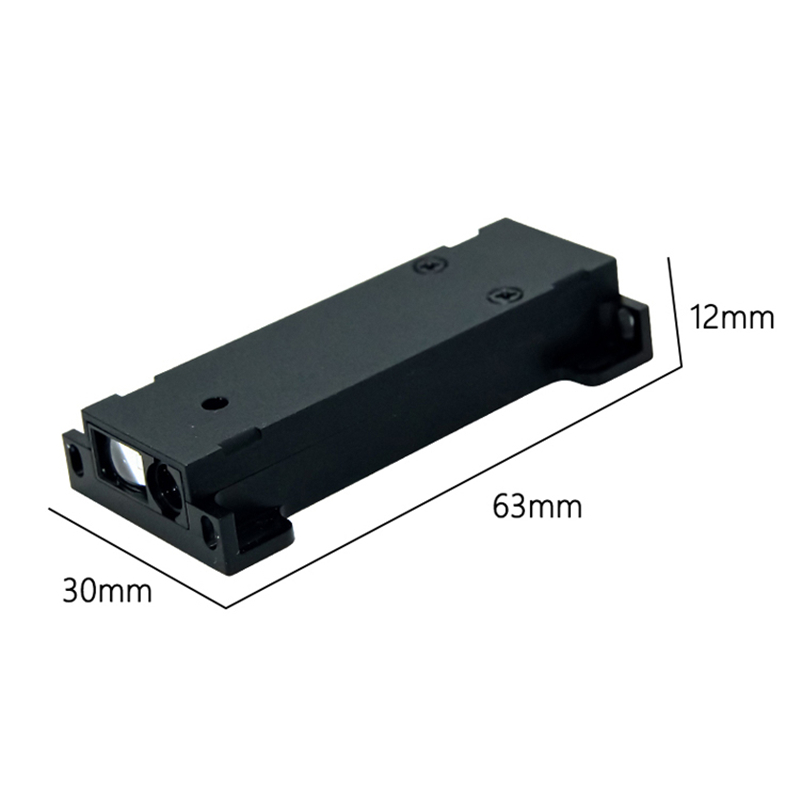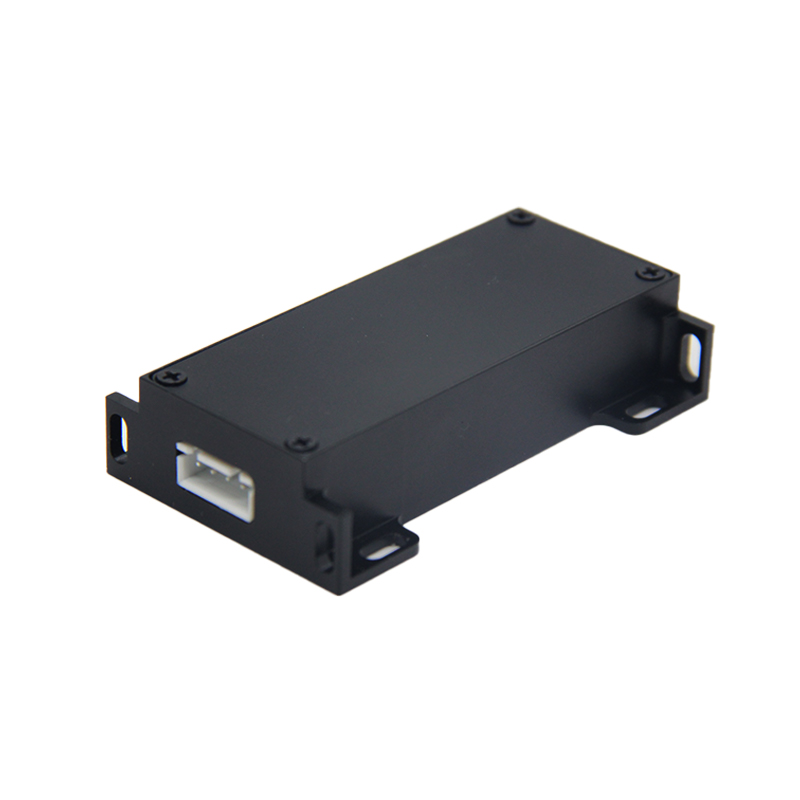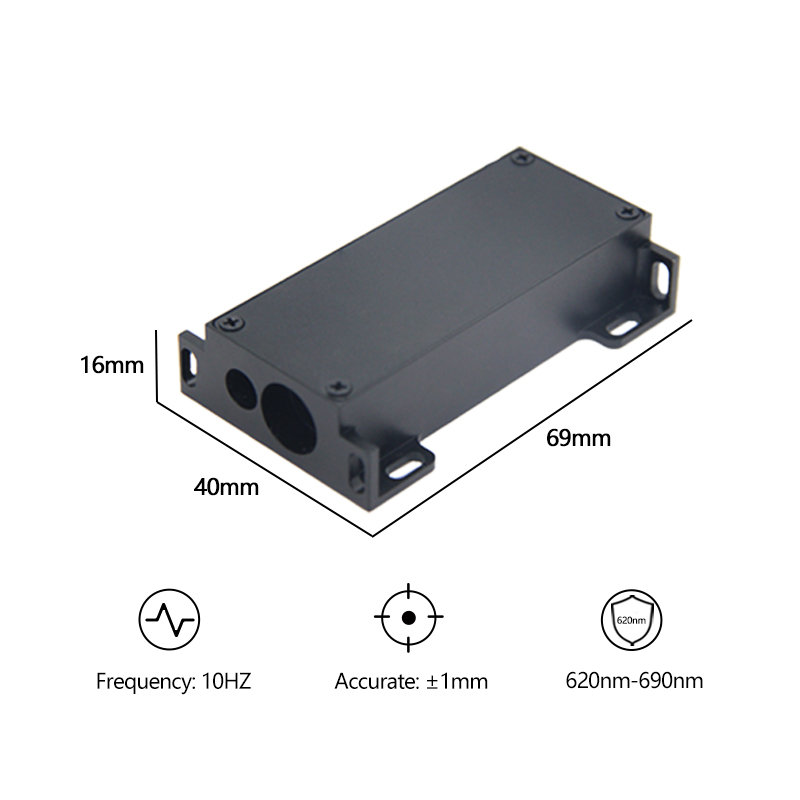
Products
60m Green 520nm Laser Arduino Underwater Distance Sensor
60m Green 520nm Laser Arduino Underwater Distance Sensor
If you want to create an underwater distance sensor using an Arduino board and a 60-meter range, green laser (with a wavelength of 520nm). Here’s a general outline of how you could approach this:
1. Laser Distance Module: The first step is to choose a suitable green laser distance module with a 520nm wavelength that can operate underwater. These lasers should have a high transmission rate through water and be safe for underwater use. They might not be as powerful as air-based ones due to absorption and scattering by water.
2. Transmission & Reflection: Underwater, the laser will need to bounce off objects to measure distance. Ensure the laser has a suitable angle of incidence and reflection to maximize the chances of hitting an object. The object being sensed should reflect the light back to the sensor.
3. Distance Sensor Receiving: You’ll need a photodiode or a photoresistor (laser receiver) that can detect the reflected light from the 520nm wavelength. The Arduino will read the signal strength to calculate distance.
4. Optics: Mount the laser and receiver on a waterproof housing to protect them from water damage. You may need a len to focus the laser beam and a lens or mirror to direct the reflected light back to the receiver.
5. Arduino Interface: Connect the photodiode/receiver to the Arduino. You’ll likely need to amplify the signal since the underwater environment might weaken it. Use an analog input pin on the Arduino to read the voltage.
6. Signal Processing: In your code, convert the analog voltage to a digital value and then apply signal processing algorithms (like pulse width modulation or time of flight) to determine the distance based on the time it takes for the light to travel and return.
7. Calibration: Calibrate the arduino laser sensor distance in a controlled environment to account for factors like water clarity, temperature, and pressure, which can affect light transmission.
8. Range Calculation: Calculate the distance using the speed of light in water (slightly slower than in air) and the time taken for the light to travel to the object and back.
9. Display Results: Display the distance on an LCD display or send the data to a computer or mobile device for further analysis.
Remember to follow safety guidelines when working with lasers, especially underwater, and ensure compliance with local regulations regarding underwater laser usage.
This is a detailed overview, and the specific components and implementation details may vary depending on the available resources and the complexity of your project. Good luck with your underwater distance sensor!
Email:sales@seakeda.com
Wechat:+86-18302879423















